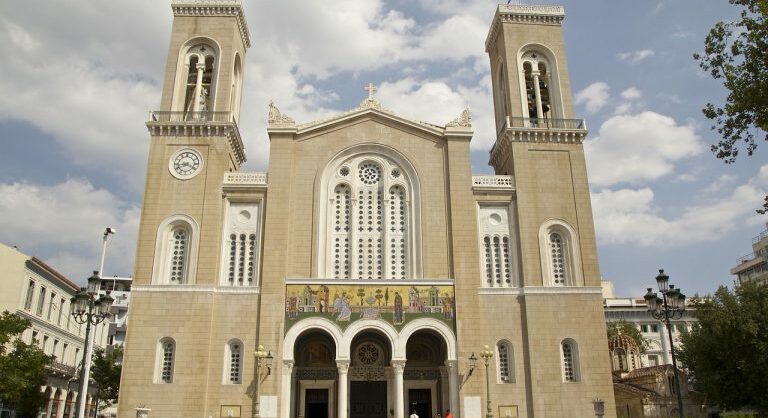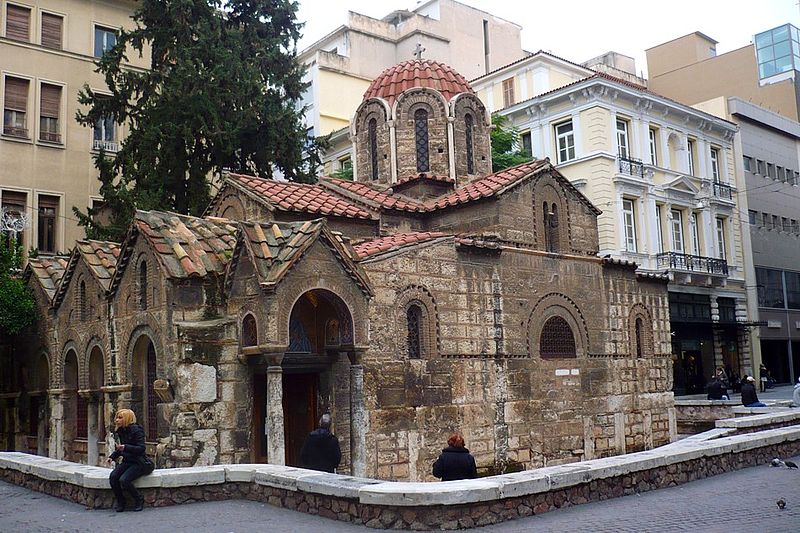Athens is packed with churches in squares, neighbourhoods, and groves, tucked away down the small alleys of Plaka, and even in archaeological sites.
Some are small and humble and others are more majestic, both places of worship and historic buildings of particular architectural interest; the area under the Acropolis boasts some of the most remarkable and historic Byzantine churches, which mustn’t be overlooked to appreciate the cultural mosaic of the city. As is well known Athens is a multi-dimensional, attractive, safe destination offering unforgettable experiences throughout the year. Its Byzantine past still pulses strongly throughout the city and soaking up some of the mystique is truly eye-opening.
Agios Dimitrios Loubardiaris
This 12th-century single-aisled, the arched basilica is – not without reason- one of the most famous and beautiful churches in the city. Located at the foot of the hill of Filopappou, it has special exterior decoration and is surrounded by tall pine trees. The paved path leading to the church is the work of architect Dimitris Pikionis, as well as the maintenance work carried out on the church in 1955. During its restoration, Pikionis removed the most recent frescoes to reveal the older ones, which date back to the 18th century and specifically, according to the inscription, to 1732. The date of its inauguration is inscribed on its built-in chancel. It bears the surname Loubardiaris or bombardier because, according to tradition, it was bombed during the Turkish occupation. On the eve of the saint’s feast day, many believers gathered outside the church to celebrate his grace. Seeing the crowd, the Turkish garrison commander of the Acropolis, Yusuf-Agha, decided to bombard the temple with the big cannon of Loubarda, which was located in the Acropolis’ Propylaea, and, during the praise ceremony, aimed at St Demetrius. However, according to legend, God, with the help of the Saint, at the moment of firing, fired a bolt of lightning, destroying the cannons, killing the gunners, Yusuf-Agha, and his family, and thus saving the temple.
more at travel.gr
also read







































